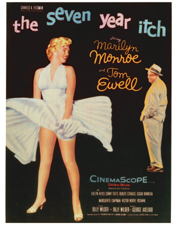This just popped into my mailbox.
A couple of technical and medical writers in North Carolina have written Microsoft Word for Technical and Medical Writers.
Many of you are familiar with the—in my opinion, false—debates on Frame vs. Word. The truth is that for the types of complex documents we create, Frame is hands-down the superior tool.
But that doesn’t mean our customers or managers allow us to write in Frame. In fact, it’s a pretty safe guess that most technical and medical writers work primarily in Word.
And we need help because Word can be a pain!
Many manuals on Word have been published, but they aren’t written for people who write the types of documents we do. This book begins to fill the gap. I say “begins” because after a quick glance at the table of contents, it’s clearly just a basic introduction. I’d have to look at the book itself to see how much help they offer with those irritating section breaks and numbered lists. However, if the index starts on page 147, there can’t be much meat in it. And the price: $39.95 (ouch!)
A chapter on screenshots would have been helpful if they really wanted to sell to the tech writer audience. And I saw nothing on the Thesaurus or SpellCheck. Any professional writer should understand the power and pitfalls of those tools.
Also missing is Track Changes. If we are forced to write in Word, chances are the subject matter experts who review our work will enter their edits using that feature. If they forget to turn on Track Changes, it’s useful to understand the Compare Documents command, which allows you to see the difference between two documents.
It’s not clear from the ad copy or the cover which version of Word the book refers to. Word 2007 has a much different menu (the Ribbon) than earlier versions. Not sure what the upgrade rate has been thus far, but if this edition deals with Word 2003, the authors should plan to do an update for 2007 soon.
Having said all of that, I think this book would be great for many of my non–tech comm coworkers, particularly the section on how to use styles. So few Word users understand that feature.
It would be good for someone to review this for STC’s Technical Communications publication. (Heidi?)



 Posted by hharkness
Posted by hharkness 

